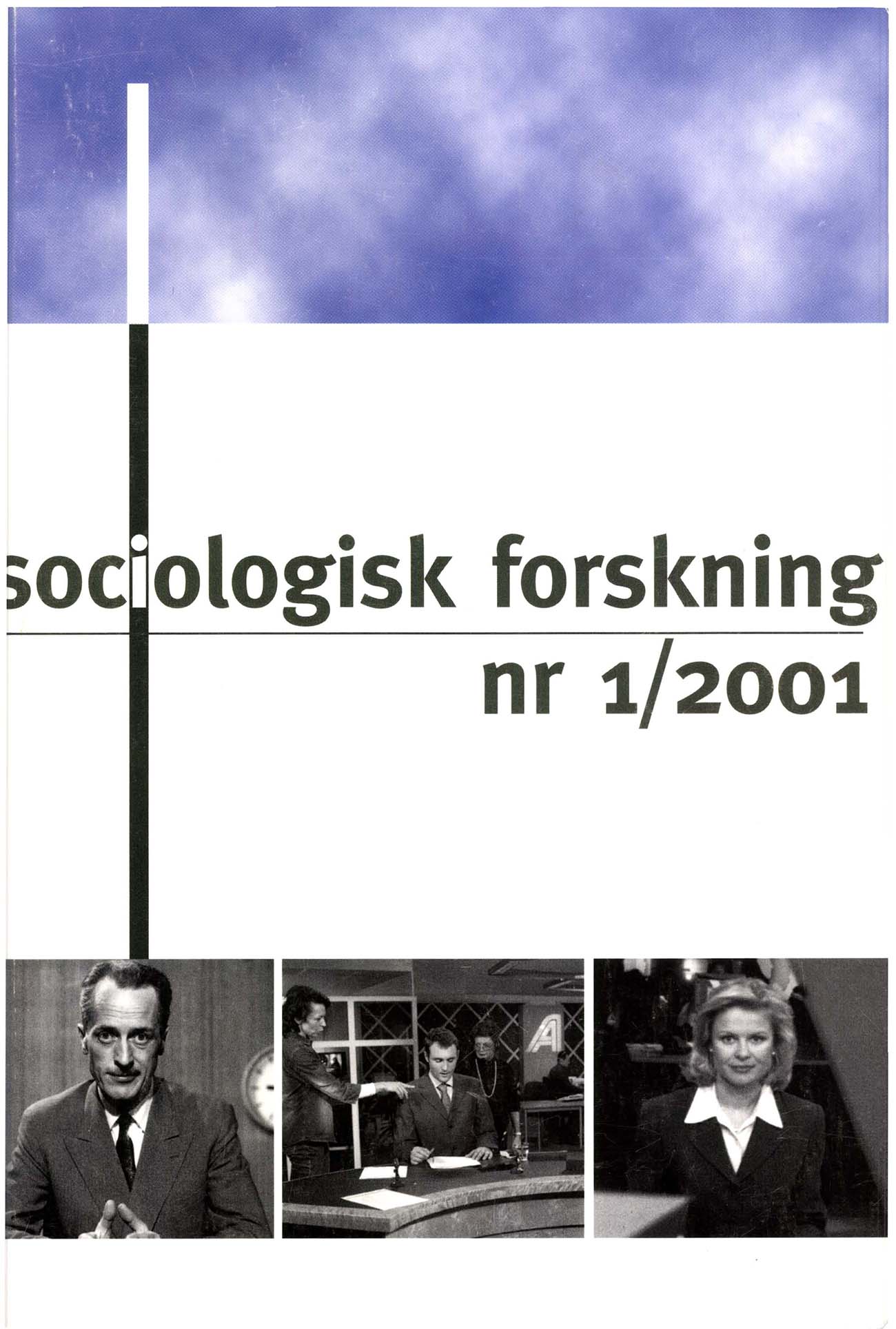Vem blir nykterist?
Om nykteristen som avvikare
DOI:
https://doi.org/10.37062/sf.38.19448Abstract
Who becomes an abstainer? On the abstainer as deviant
The principal aim of the study is to find out what the characteristics are of those consumers that later choose to abstain from alcohol. Both cross-sectional and panel data from the level-of-living surveys (LNU) conducted 1968, 1974, 1981 and 1991 are analysed. The results show that those becoming abstainers during the study period have a higher proportion of smokers than the long-term abstainers and, compared to the long-term abstainers and the drinkers, poorer mental health, a higher prevalence of use of minor tranquillizers and a sparser social network. In the beginning of the study period (1968-74) an association was also found between cardiovascular disease and later abstinence. Whereas (physical) health selection has become less obvious over time, the importance of negative psychosocial selection increases, especially for women. The findings underline the importance of distinguishing the new, selected abstainers - former drinkers - from long-term abstainers. This holds true especially in studies of the relationship between alcohol consumption on the one hand and mortality or morbidity on the other hand. It is likely that a majority of the long-term abstainers, of which some are lifetime abstainers, are part of a social context in which abstinence is not seen as deviant, whereas a large proportion of the new abstainers have a problematic life situation. The abstainers’ deviant position says something about the Swedish drinking culture in the last decades of the twentieth century. The fact that the psychosocial selection is so pronounced, and increases over time, reflects a social climate where an ever-decreasing number sees abstinence as an attractive choice.
Downloads
Published
How to Cite
Issue
Section
License
All content in Sociologisk Forskning is published with immediate open access, under the Creative Commons license CC BY-NC-ND 4.0.
All content may be read, downloaded, shared and printed for non-commercial purposes, free and without fees. Contents may not be altered. When content is reused, author, source and a link to the copyright licence must be provided. The author retains copyright to their content. No publication fees are charged.





